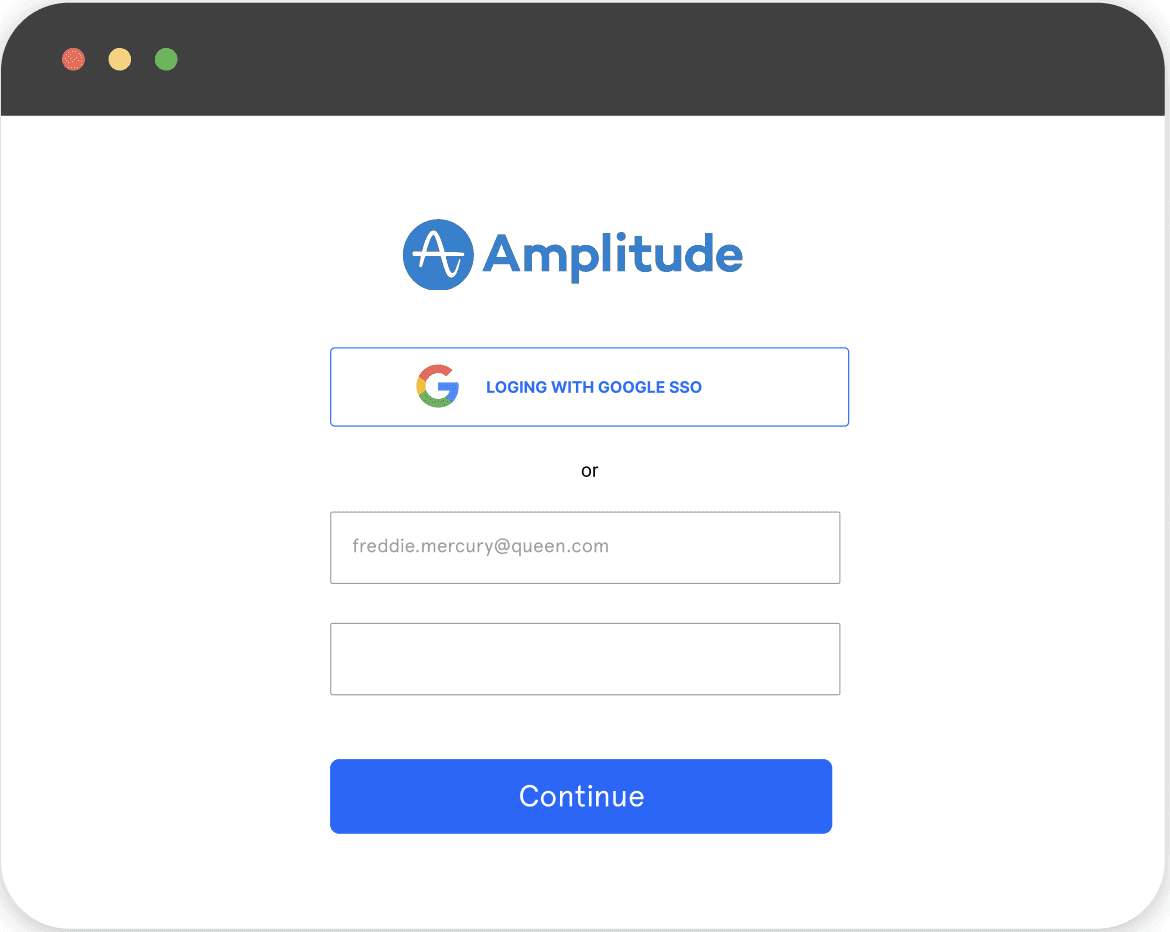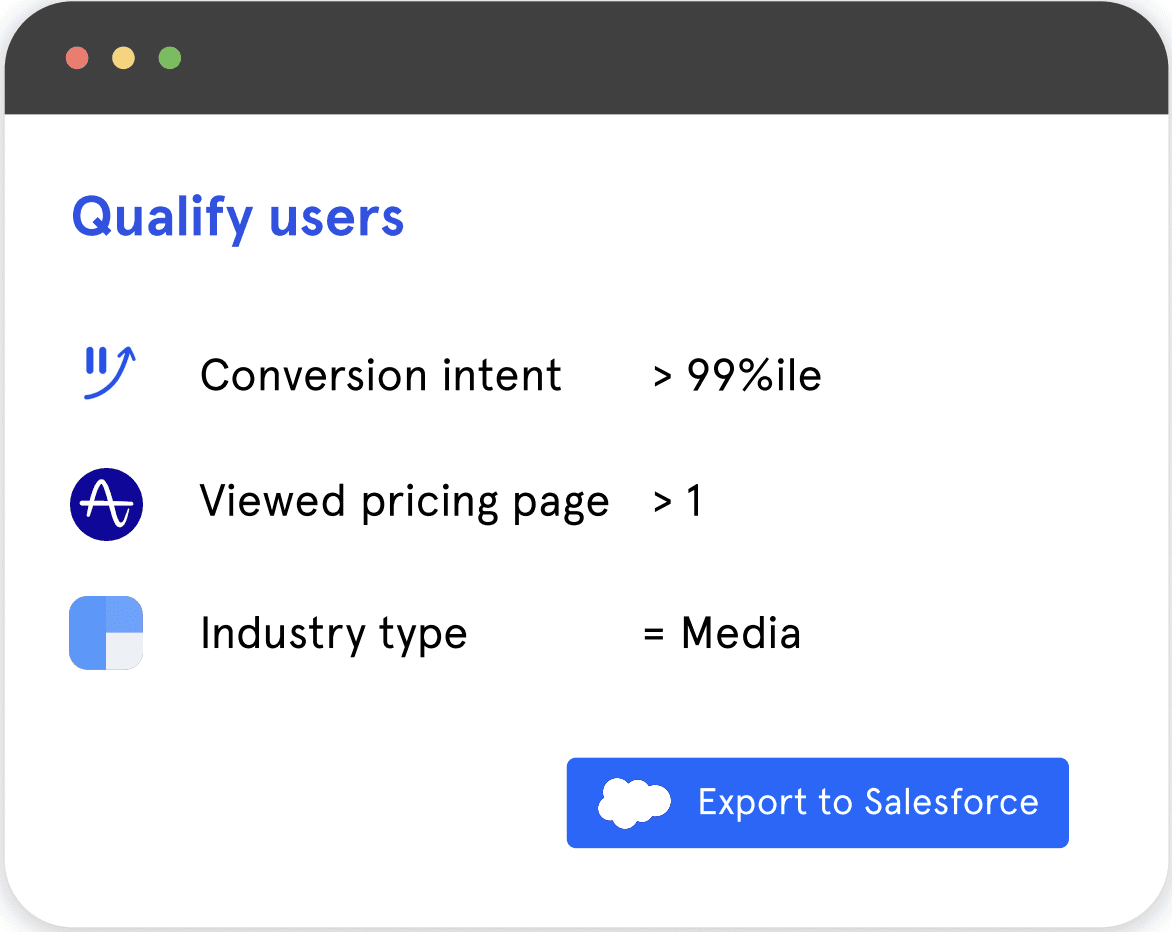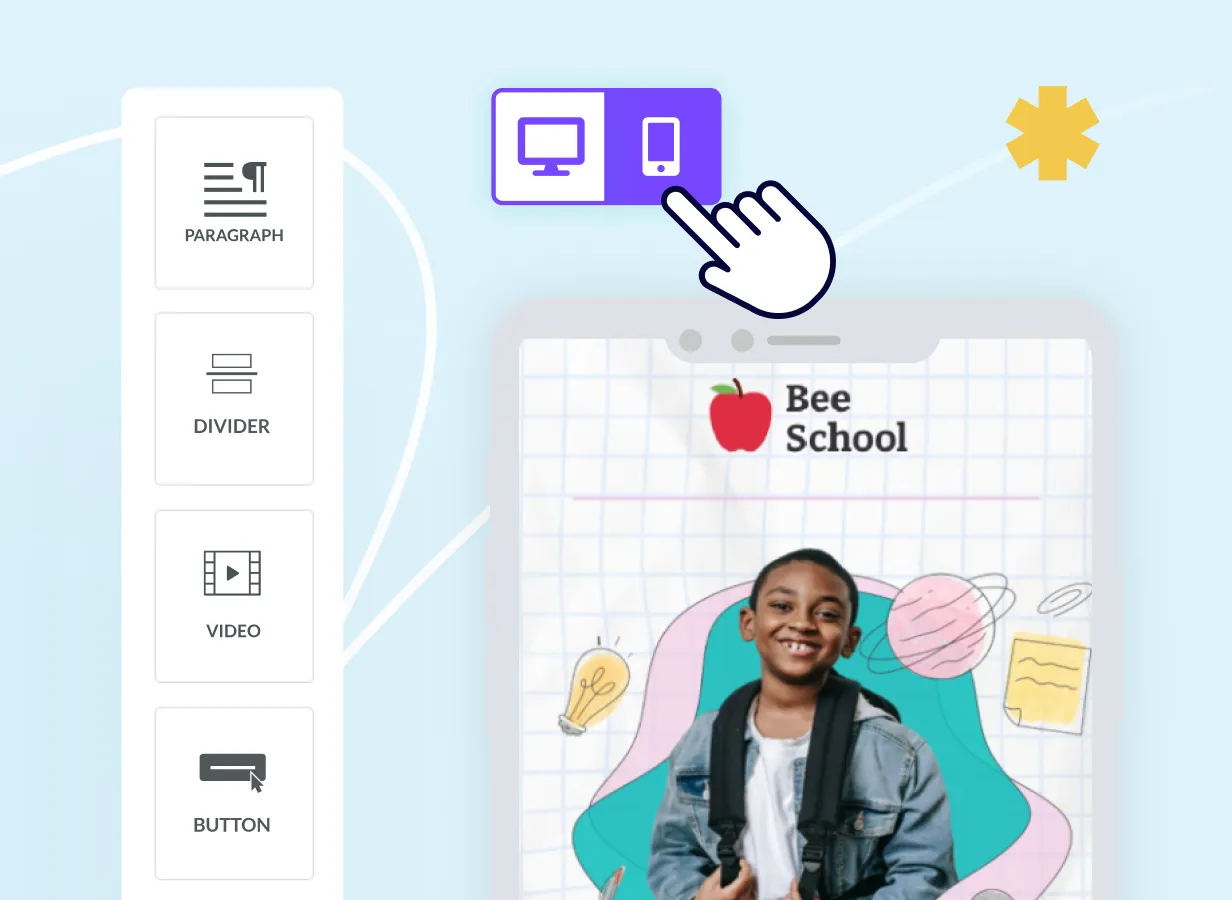




SaaS
Discover how InVideo increased sales by 80%+ through a sales-assist motion with Toplyne.
Discover how InVideo increased sales by 80%+ through a sales-assist motion with Toplyne.
Discover how InVideo increased sales by 80%+ through a sales-assist motion with Toplyne.
Jun 26, 2024
Jun 26, 2024
Jun 26, 2024
InVideo's mission
We envision a world where video creation is accessible to all. Our product's flexible timeline and drag & drop editor lets users craft professional quality videos within minutes on the browser. Today, InVideo has over 7M users from 195+countries who have made millions of videos in 75+foreign languages.
2020: A dichotmy
It was early 2021. As we looked back at the previous year, we saw a growing dichotomy. A dichotomy between growth and uncertainty. On one hand, we were lucky to see tremendous growth. Our product crossed over a million registered users, our team doubled in size, and we raised funds from some of the best global investors. However, on the other hand, 2020 brought with it tremendous uncertainty. Not unlike most PLG companies, we'd historically relied on our product to be the sole driver of revenue growth (through self-serve premium plans). Despite our conversion rate holding up through the year, 2020 surfaced several questions that challenged some of our key assumptions.
Would freelancers continue to add credit cards on file through a rocky market? Would media agencies churn from team plans post layoffs? And would influencers continue to pay for software as they lost sponsors?
The Challenges

The Results

How we did it
Our first experiment in predictability began in November 2020. We noticed that our customer support personnel had been organically converting free users to paid plans through their interactions with users. Buoyed by this signal, we hypothesized that if support efforts could convert users, would a dedicated sales effort perform better?
To begin with, we started small. A 3-4 member team was set up by reallocating in-house support resources to sales. The team was split three ways (to serve our key geographies) and tasked with contacting users who had signed up over the last 24 hours in a first come first serve (FCFS) manner. Despite its scrappy nature, the experiment worked! Like clockwork, the team started converting users to paid plans. However, our FCFS strategy proved to be inefficient.
The team consistently provided feedback that a ma¢ority of users they were reaching out to did not want to convert to paying users (students, casual users, etc.) and that their bandwidth was not being used optimally.
We framed this as a two-fold problem statement:
1. Which subset of users should we be reaching out to?
2. What order do we reach out to them in? i.e., who is most / least likely to convert?
The problem of plenty!
As we tackled this problem statement, we were faced with an issue all too common amongst PLG companies. Our product saw several hundreds of thousands of new users every month. However, the sales team had the bandwidth to only reach out to a small subset of those every day. We needed to prioritize!
We had too many users (millions) but were limited by our sales bandwidth
(Hyper)prioritization based on user behavior
An InVideo user can carry out several unique actions within our product. Our hypothesis was to build a prioritization algorithm based on these user behaviors. Unsurprisingly, making sense of the noise from 100s of millions of such actions being taken was more difficult than we imagined.
Not only were the software engineering and data science resources required to set up a data warehouse and run complex analytics on it too expensive, but this pursuit would've also taken several months if not quarters. Time we didn't have
That's when we decided to start with a small experiment. Intuition suggested that users who came from certain key countries, had viewed our pricing page, and had taken some high intent actions in the product were more likely to buy one of our premium plans. Ôe quickly iterated on a simple machine learning model that was built on these limited signals - bringing down the complexity of the problem severalfold. The model then calculated each user's likelihood to buy (propensity score). Our sales team then went about contacting these target users in decreasing order of propensity score.
Within a week or two, the results were in. Our conversion rate had increased - but the increment was modest.
The experiment showed promise but needed more work. The next unlock was clearly to scale up the experiment to run on the entire set of actions a user could possibly perform - an exercise that would take months if not longer.
That's when we came across the Toplyne team. Toplyne promised to solve the above problem for us out of the box. They pitched us the following three-step solution:
Building a 360 view of our users by stitching together user actions (product usage), demographics, and billing data all in one place
Helping us segment our users - who are most likely to convert, buy more, churn, etc.
Integrate into our workflows by syncing target users and related information into the platforms our sales team knows and loves.
Step 1: Building a 360 view of all users
Toplyne helped us stitch together information for every one of our millions of users from 3 key databases:
Product analytics
Billing
CRM
To enable this we provided Toplyne with SSO logins / API keys to the above platforms and within a few hours, Toplyne created a unified 360 view of all our users right out of the box.

Step 2: Segmenting our user base
Now that we had an exhaustive view of each user, the next step was to figure out which user segments were ready for a sales touch. Using the 360 view, we leverage Toplyne's built-in look-alike model to gauge which of our free tier users behave most like our paying customers.
The platform provided us the output of this model as a simple to understand list of behavioral, demographic, and financial indicators, ordered from strongest to weakest. Our team then created target user segments basis the above indicators that looked somewhat like the image below (note: exact data on indicators has been masked).

Step 3: Integrating into our workflows
Once we had our target segments ready we needed to sync the users who qualified into our CRM and communications channel along with relevant information (demographic, behavioral and conversion likelihood) that would help our sales teams personalize their sales pitches.
We used Toplyne's scheduler to enable the syncing of target segments at the right time into Salesforce and Slack.
The Results
Since we started using Toplyne in June 21, we have seen a sustained 1.8-2x increase in sales conversion rates. Toplyne has also enabled us to be more personalized in our sales approach by providing salespeople with relevant information right in our CRM. As a consequence, we have created intricate playbooks for each customer persona, which has dramatically improved the buyer experience.
The future is PLG, but traditional analytics and sales practices are broken for PLG across the board. Toplyne solves a big problem for us. Within a few days of using Toplyne, we were able to increase our sales team’s conversion rate by 80-100%.
InVideo's mission
We envision a world where video creation is accessible to all. Our product's flexible timeline and drag & drop editor lets users craft professional quality videos within minutes on the browser. Today, InVideo has over 7M users from 195+countries who have made millions of videos in 75+foreign languages.
2020: A dichotmy
It was early 2021. As we looked back at the previous year, we saw a growing dichotomy. A dichotomy between growth and uncertainty. On one hand, we were lucky to see tremendous growth. Our product crossed over a million registered users, our team doubled in size, and we raised funds from some of the best global investors. However, on the other hand, 2020 brought with it tremendous uncertainty. Not unlike most PLG companies, we'd historically relied on our product to be the sole driver of revenue growth (through self-serve premium plans). Despite our conversion rate holding up through the year, 2020 surfaced several questions that challenged some of our key assumptions.
Would freelancers continue to add credit cards on file through a rocky market? Would media agencies churn from team plans post layoffs? And would influencers continue to pay for software as they lost sponsors?
The Challenges

The Results

How we did it
Our first experiment in predictability began in November 2020. We noticed that our customer support personnel had been organically converting free users to paid plans through their interactions with users. Buoyed by this signal, we hypothesized that if support efforts could convert users, would a dedicated sales effort perform better?
To begin with, we started small. A 3-4 member team was set up by reallocating in-house support resources to sales. The team was split three ways (to serve our key geographies) and tasked with contacting users who had signed up over the last 24 hours in a first come first serve (FCFS) manner. Despite its scrappy nature, the experiment worked! Like clockwork, the team started converting users to paid plans. However, our FCFS strategy proved to be inefficient.
The team consistently provided feedback that a ma¢ority of users they were reaching out to did not want to convert to paying users (students, casual users, etc.) and that their bandwidth was not being used optimally.
We framed this as a two-fold problem statement:
1. Which subset of users should we be reaching out to?
2. What order do we reach out to them in? i.e., who is most / least likely to convert?
The problem of plenty!
As we tackled this problem statement, we were faced with an issue all too common amongst PLG companies. Our product saw several hundreds of thousands of new users every month. However, the sales team had the bandwidth to only reach out to a small subset of those every day. We needed to prioritize!
We had too many users (millions) but were limited by our sales bandwidth
(Hyper)prioritization based on user behavior
An InVideo user can carry out several unique actions within our product. Our hypothesis was to build a prioritization algorithm based on these user behaviors. Unsurprisingly, making sense of the noise from 100s of millions of such actions being taken was more difficult than we imagined.
Not only were the software engineering and data science resources required to set up a data warehouse and run complex analytics on it too expensive, but this pursuit would've also taken several months if not quarters. Time we didn't have
That's when we decided to start with a small experiment. Intuition suggested that users who came from certain key countries, had viewed our pricing page, and had taken some high intent actions in the product were more likely to buy one of our premium plans. Ôe quickly iterated on a simple machine learning model that was built on these limited signals - bringing down the complexity of the problem severalfold. The model then calculated each user's likelihood to buy (propensity score). Our sales team then went about contacting these target users in decreasing order of propensity score.
Within a week or two, the results were in. Our conversion rate had increased - but the increment was modest.
The experiment showed promise but needed more work. The next unlock was clearly to scale up the experiment to run on the entire set of actions a user could possibly perform - an exercise that would take months if not longer.
That's when we came across the Toplyne team. Toplyne promised to solve the above problem for us out of the box. They pitched us the following three-step solution:
Building a 360 view of our users by stitching together user actions (product usage), demographics, and billing data all in one place
Helping us segment our users - who are most likely to convert, buy more, churn, etc.
Integrate into our workflows by syncing target users and related information into the platforms our sales team knows and loves.
Step 1: Building a 360 view of all users
Toplyne helped us stitch together information for every one of our millions of users from 3 key databases:
Product analytics
Billing
CRM
To enable this we provided Toplyne with SSO logins / API keys to the above platforms and within a few hours, Toplyne created a unified 360 view of all our users right out of the box.

Step 2: Segmenting our user base
Now that we had an exhaustive view of each user, the next step was to figure out which user segments were ready for a sales touch. Using the 360 view, we leverage Toplyne's built-in look-alike model to gauge which of our free tier users behave most like our paying customers.
The platform provided us the output of this model as a simple to understand list of behavioral, demographic, and financial indicators, ordered from strongest to weakest. Our team then created target user segments basis the above indicators that looked somewhat like the image below (note: exact data on indicators has been masked).

Step 3: Integrating into our workflows
Once we had our target segments ready we needed to sync the users who qualified into our CRM and communications channel along with relevant information (demographic, behavioral and conversion likelihood) that would help our sales teams personalize their sales pitches.
We used Toplyne's scheduler to enable the syncing of target segments at the right time into Salesforce and Slack.
The Results
Since we started using Toplyne in June 21, we have seen a sustained 1.8-2x increase in sales conversion rates. Toplyne has also enabled us to be more personalized in our sales approach by providing salespeople with relevant information right in our CRM. As a consequence, we have created intricate playbooks for each customer persona, which has dramatically improved the buyer experience.
The future is PLG, but traditional analytics and sales practices are broken for PLG across the board. Toplyne solves a big problem for us. Within a few days of using Toplyne, we were able to increase our sales team’s conversion rate by 80-100%.
Copyright © Toplyne Labs PTE Ltd. 2024
Copyright © Toplyne Labs PTE Ltd. 2024
Copyright © Toplyne Labs PTE Ltd. 2024
Copyright © Toplyne Labs PTE Ltd. 2024





